Posted On November 24, 2025 Personal Injury
Being hurt in a car crash is frightening under any circumstances. When you’re a passenger, it can feel especially unfair: you weren’t driving, you didn’t cause the collision, yet you’re the one dealing with pain, medical bills, and confusing calls from insurance companies.
The good news is that under California law, injured passengers often have very strong legal rights. In most cases, you’re not the one being blamed for the crash the real questions are who is responsible and which insurance policies should pay.
This article walks you through your rights and options as an injured passenger in California, in plain English.
California follows a fault-based auto insurance system. That means the person (or people) who caused the collision are financially responsible for the harm they cause.
As a passenger, you may have a claim against:
Because you weren’t operating a vehicle, insurance companies usually can’t argue that you caused the crash. That often puts you in a stronger position than the drivers.
Example:
You’re riding with a friend on the 405. Your friend is texting and rear-ends another car, causing you a neck injury. Even if you’re close to this friend, you still have the right to bring a claim against their insurance policy for your medical bills, pain, and lost wages.
What you do in the hours and days after the crash can significantly impact your claim later.
Some injuries (like concussions, whiplash, or internal injuries) may not be obvious right away. Medical records created soon after the crash are key evidence linking your injuries to the collision.
If your injuries allow, try to:
If you were too injured or shaken to do this, don’t panic. An attorney can often obtain the police report, track down witnesses, and gather additional evidence later.
In most meaningful injury cases, lawyer enforcement will respond and create a collision report. This report often becomes an important piece of evidence in determining who was at fault.
You should also:
If your driver was speeding, following too closely, distracted, intoxicated, or otherwise negligent, their liability insurance may be responsible for compensating you.
A very common concern is:
“I don’t want to sue my friend or family member.”
In reality, you’re not trying to “take their money.” You’re making a claim against the insurance policy that they have specifically for situations like this. If you don’t pursue your rights, you may end up bearing the financial burden of someone else’s mistake.
If another driver is partially or fully at fault for example, they ran a red light or made an unsafe lane change you can bring a claim against their insurance as well.
California applies comparative negligence, which means fault can be shared among multiple people or entities. For passengers, this can actually be beneficial, because you may:
Example:
A rideshare driver speeds through an intersection on a yellow light while another driver is texting and drifts into the intersection. They collide, and you the passenger are seriously injured. Both drivers may share liability, and your attorney may pursue claims against multiple policies.
Every case is different, but common categories of compensation (“damages”) in California include:
If your injuries prevent you from working:
This covers the non-economic side of your injuries:
If you can no longer enjoy hobbies, sports, family activities, or other parts of your normal life in the same way, this can also form part of your damages.
If you had personal items damaged in the crash (phone, laptop, glasses, etc.), those can be included as well.
One of the most important parts of your case is figuring out which policies apply and in what order.
This is usually the first layer of coverage. The at-fault driver’s liability policy pays up to its limit for bodily injury.
In multi-passenger collisions, those limits may have to be split among several injured people, which is why identifying additional coverage is crucial.
Med Pay is an optional coverage that:
Med Pay may be available:
This can help you get treatment and pay co-pays or deductibles while your main claim is ongoing.
UM/UIM coverage steps in when:
As a passenger, you may be able to access UM/UIM coverage under:
This is especially important in hit-and-run cases or crashes with very low policy limits.
Health insurance (private plans, Medi-Cal, employer plans, etc.) can also help pay for treatment. However, many plans have the right to request reimbursement from any settlement you receive.
A knowledgeable attorney can:
Rideshare accidents are often more complex because there are different layers of insurance depending on what the driver was doing at the time:
Generally, when a trip is in progress, rideshare companies provide higher policy limits but these claims are more heavily scrutinized and defended.
If you’re injured while riding in:
You may have:
Coordinating these two systems is tricky and is a big reason to get legal advice early.
When children are injured:
Parents or guardians typically bring the claim on the child’s behalf, but there are specific rules that apply.
In most cases, you are asserting a claim against their insurance, not attacking them personally. You’re simply seeking coverage for your medical bills, lost wages, and suffering caused by the crash.
Not wearing a seatbelt can affect the value of your claim because the defense may argue that your injuries were worse as a result. However, it usually does not bar your claim entirely. Instead, it may reduce your recovery by a certain percentage under comparative negligence.
Many passenger injury cases resolve through insurance settlements. However, being willing and prepared to file a lawsuit often leads to better settlement offers. An experienced attorney will discuss the pros and cons of litigation with you.
California has deadlines (statutes of limitation) for filing injury lawsuits. In many standard injury cases, this is often around two years from the date of the accident, but:
Because missing a deadline can completely destroy your claim, it’s wise to speak with an attorney as soon as possible after the crash.
Even though passengers often have strong claims, these cases can be surprisingly complex, especially when multiple drivers, multiple policies, or serious injuries are involved.
An experienced California personal injury attorney can:
If you were injured as a passenger in a car, truck, or rideshare accident in California, you shouldn’t have to untangle liability and insurance while trying to heal.
The team at Montgomery Steele can review your situation, explain your rights in plain English, and help you pursue the compensation you deserve.
Ready to talk about your case? Visit https://montgomerysteele.com/ to request a free consultation or submit your case details online today.
“Disclaimer:
The content provided on this blog is for general informational purposes only and does not constitute formal legal advice. While we strive to ensure the accuracy and timeliness of the information presented, we make no guarantees. The information provided here should not be relied upon as a substitute for professional legal advice tailored to your specific circumstances.
Your use of this blog and any information contained herein does not create an attorney-client relationship between you and our firm. For advice regarding your individual situation, please contact our office as we would be happy to discuss your case. We expressly disclaim all liability with respect to actions taken or not taken based on any or all the contents of this blog.”
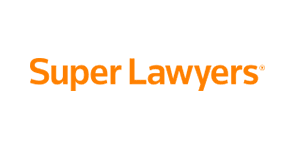

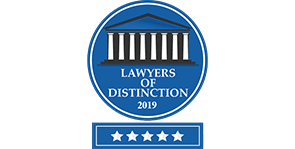
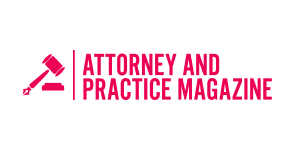
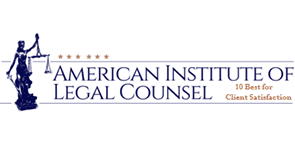
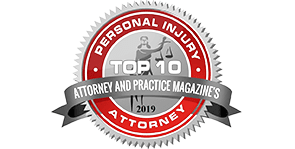

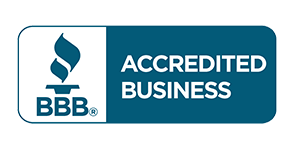
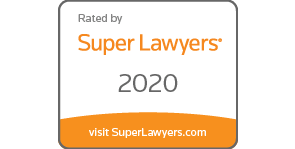
© 2022 MONTGOMERY STEELE LAW | ALL RIGHTS RESERVED | disclaimer

